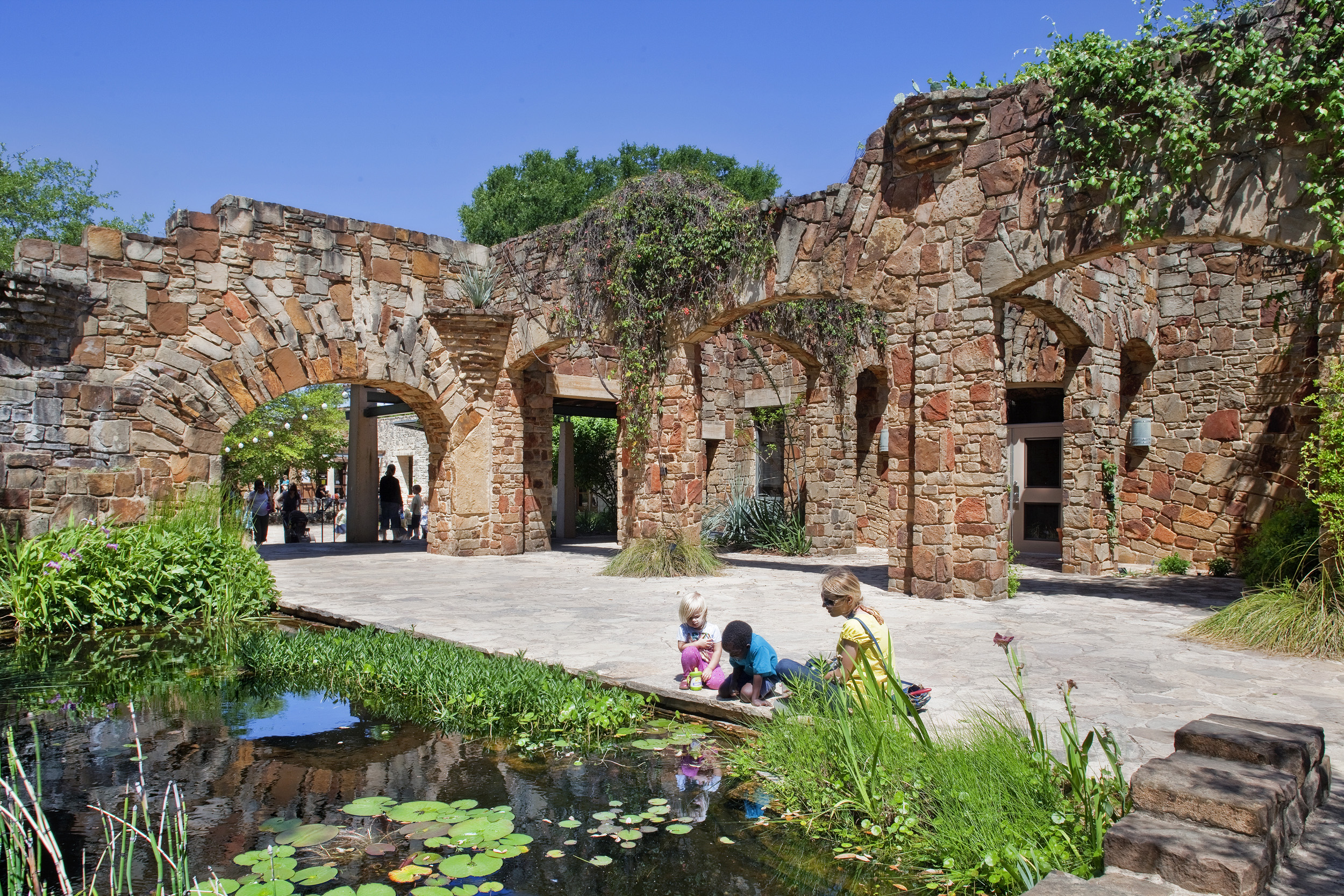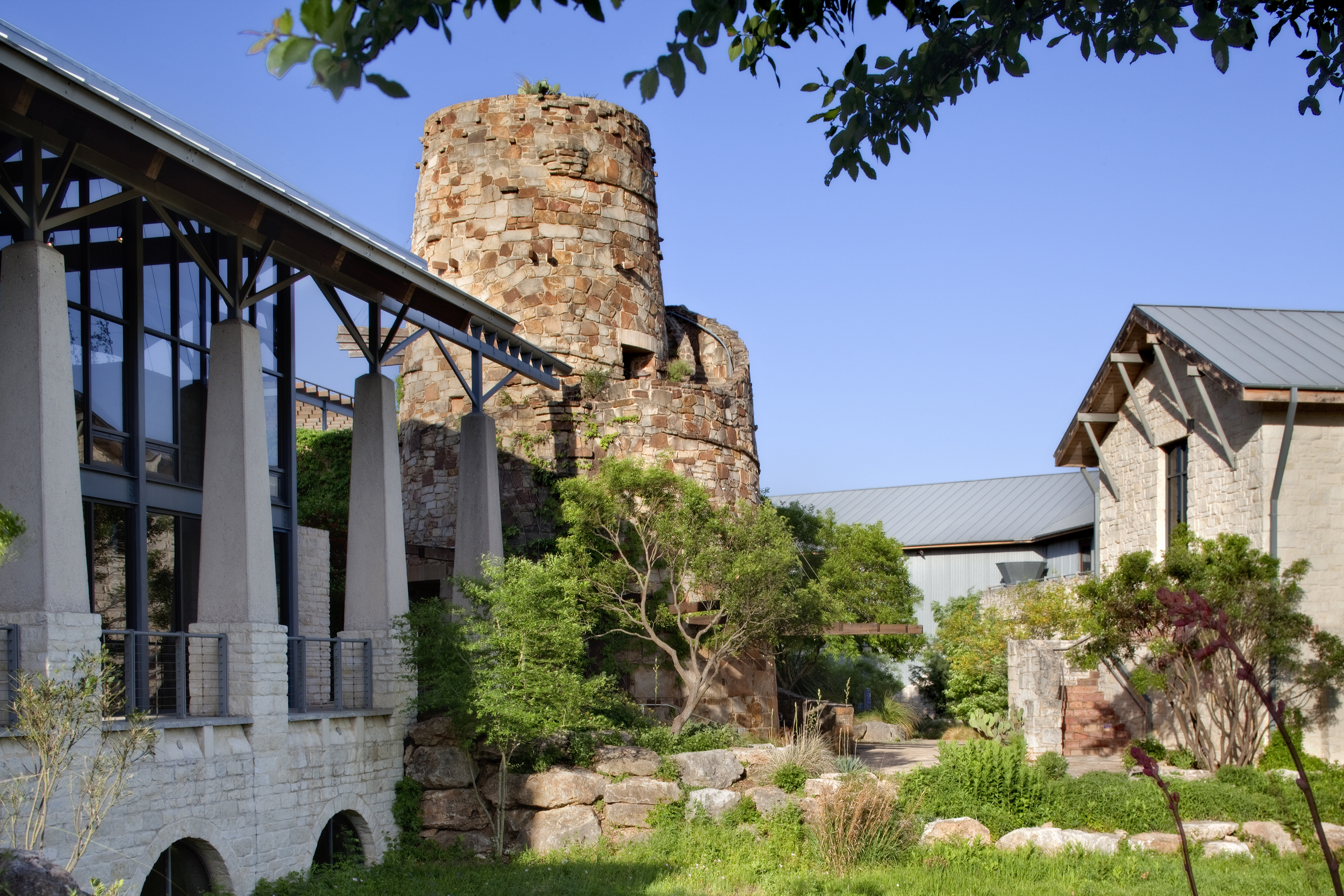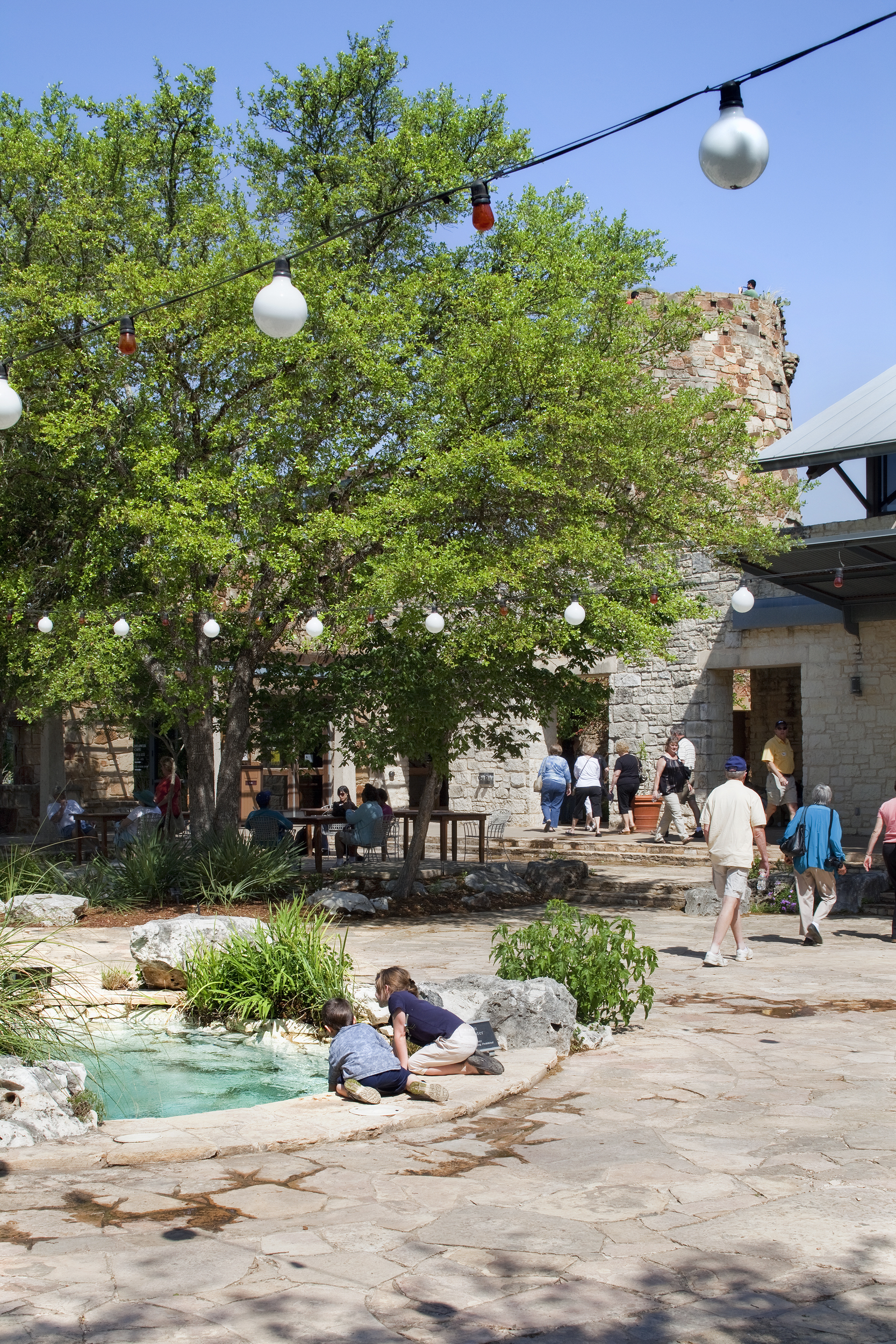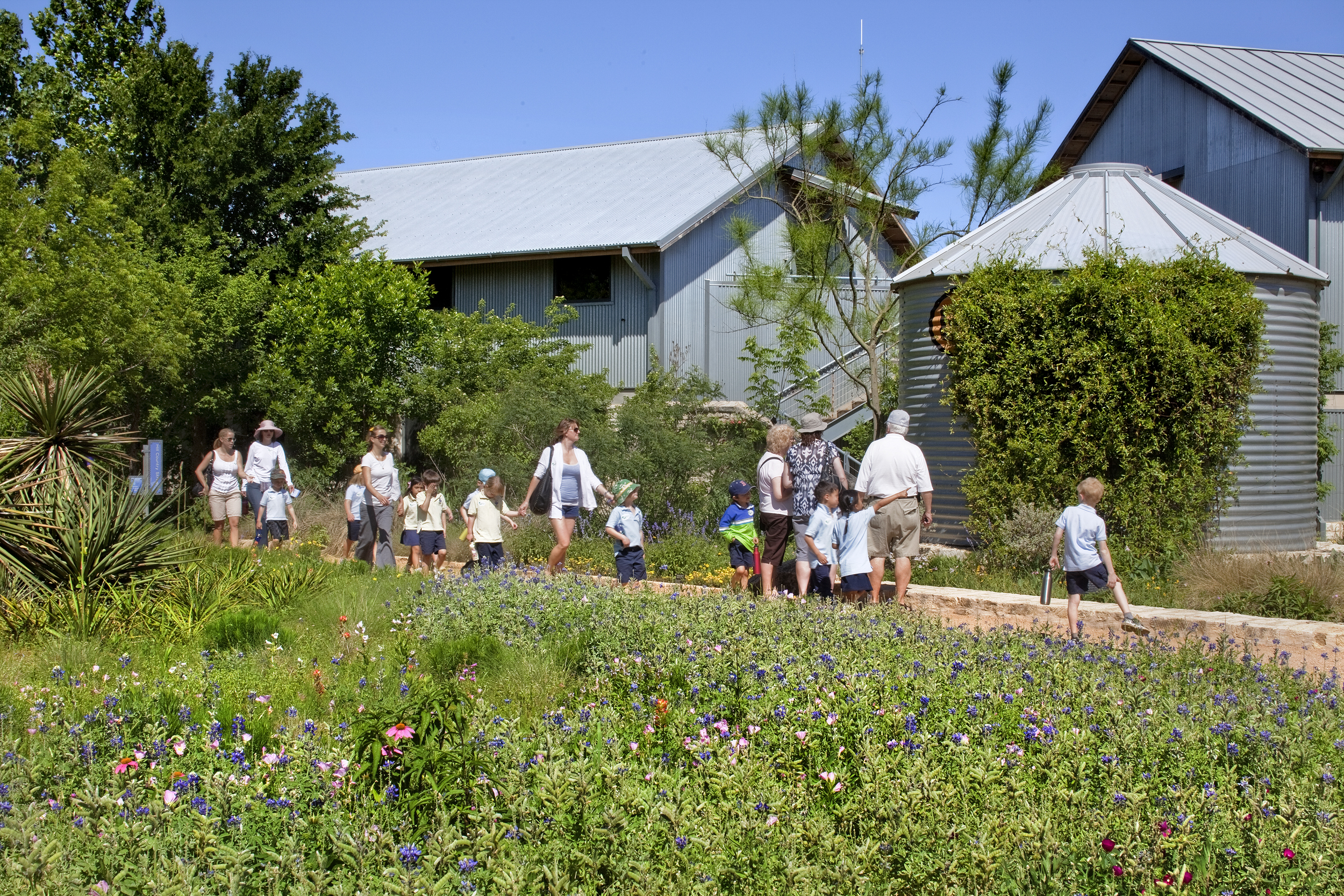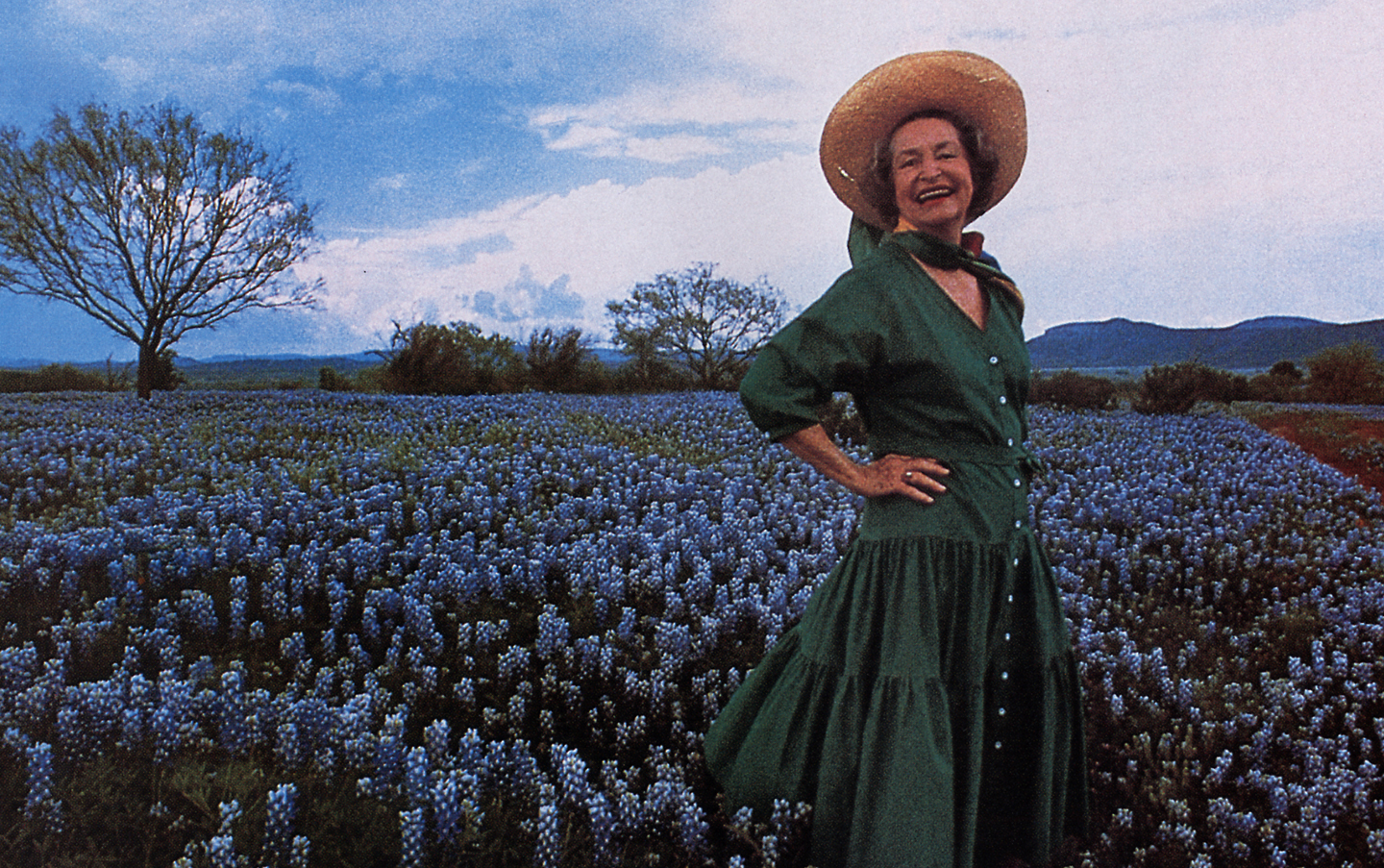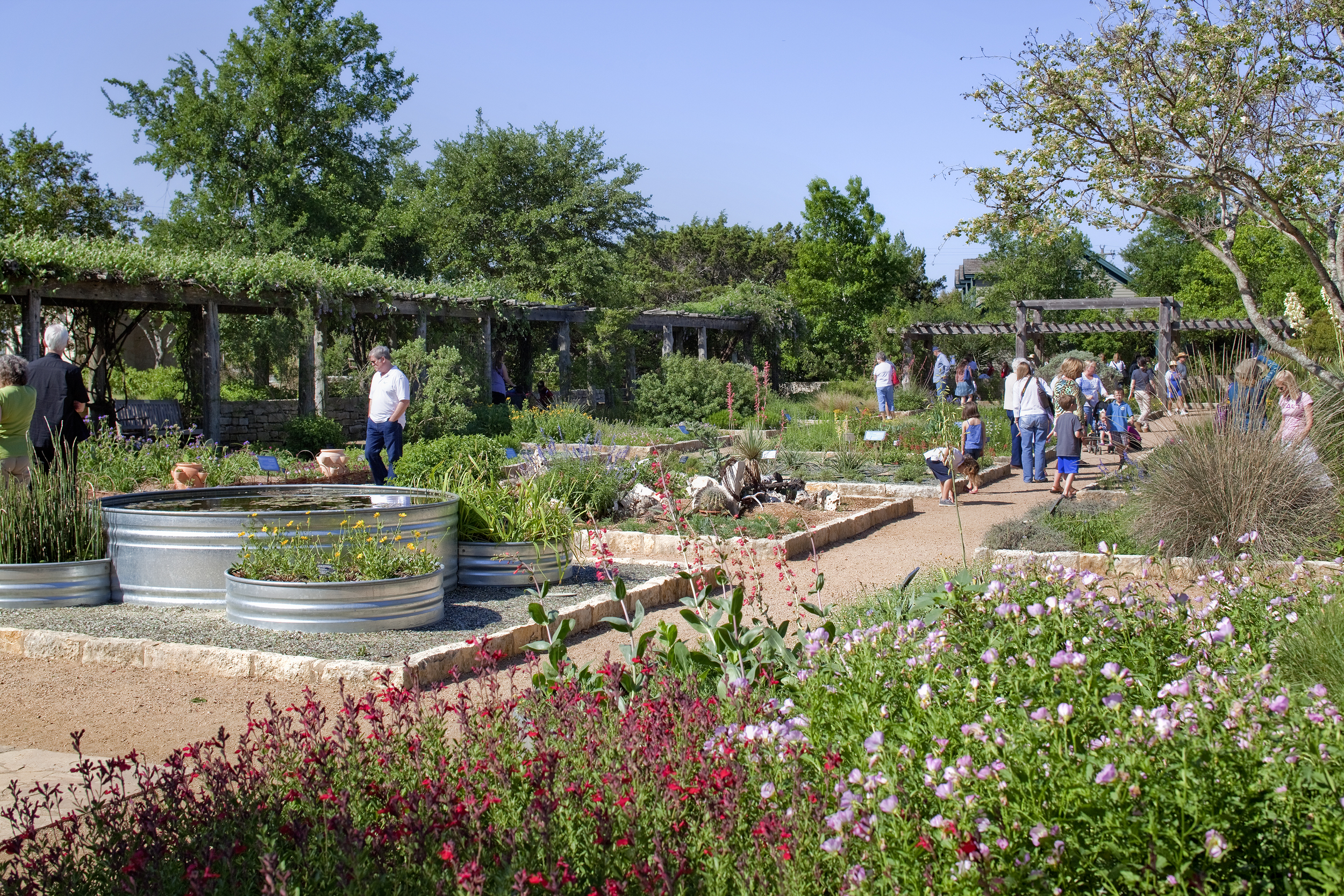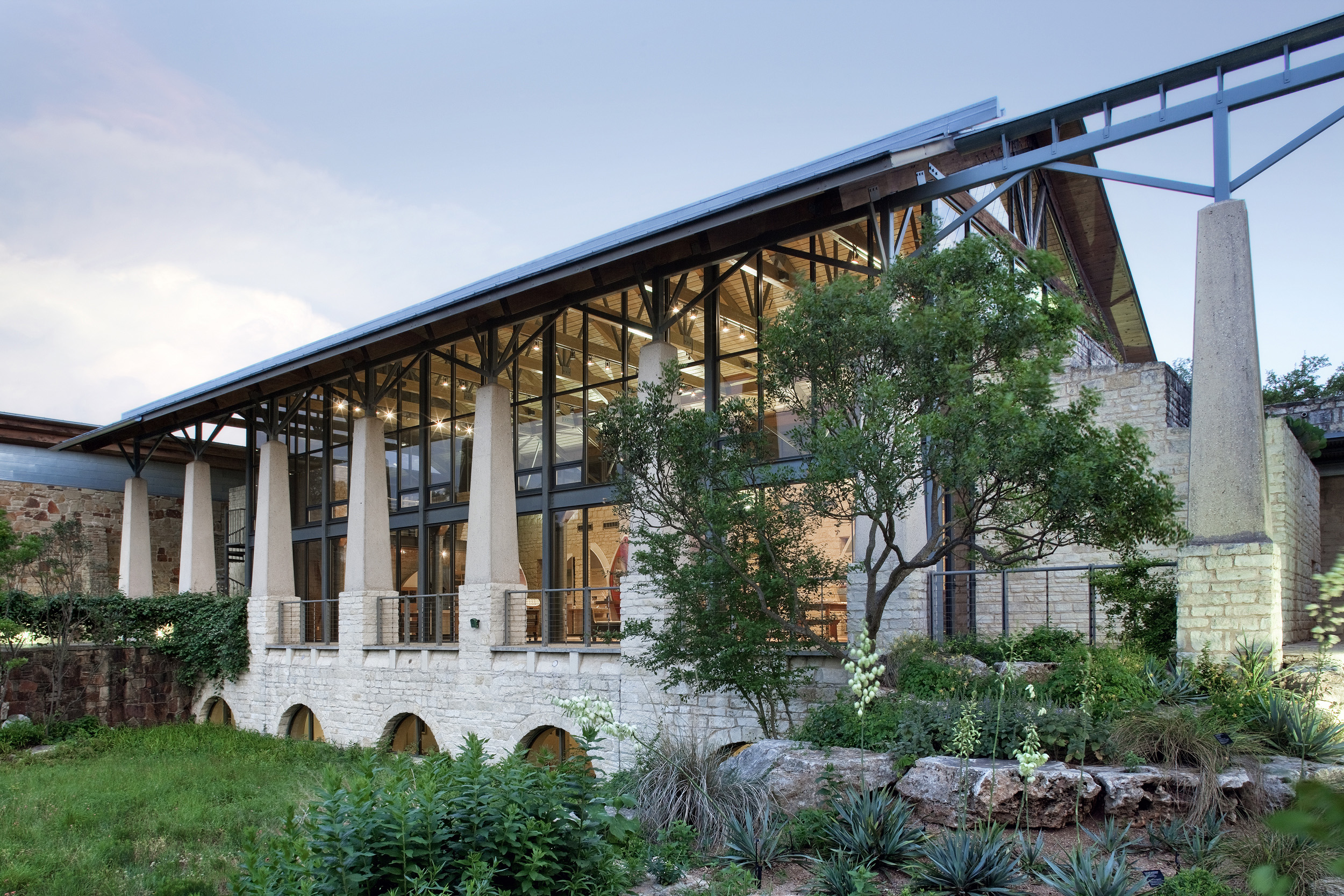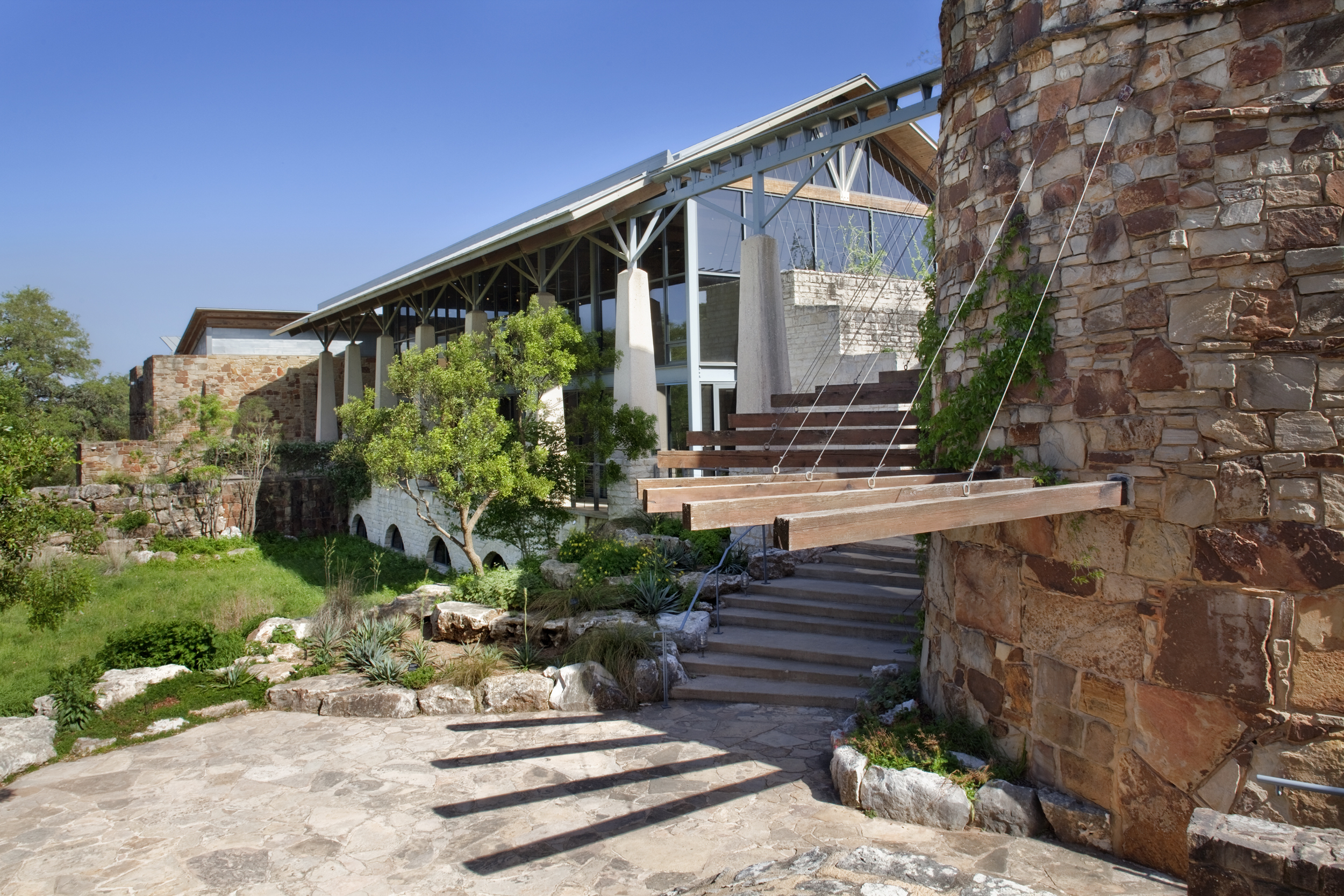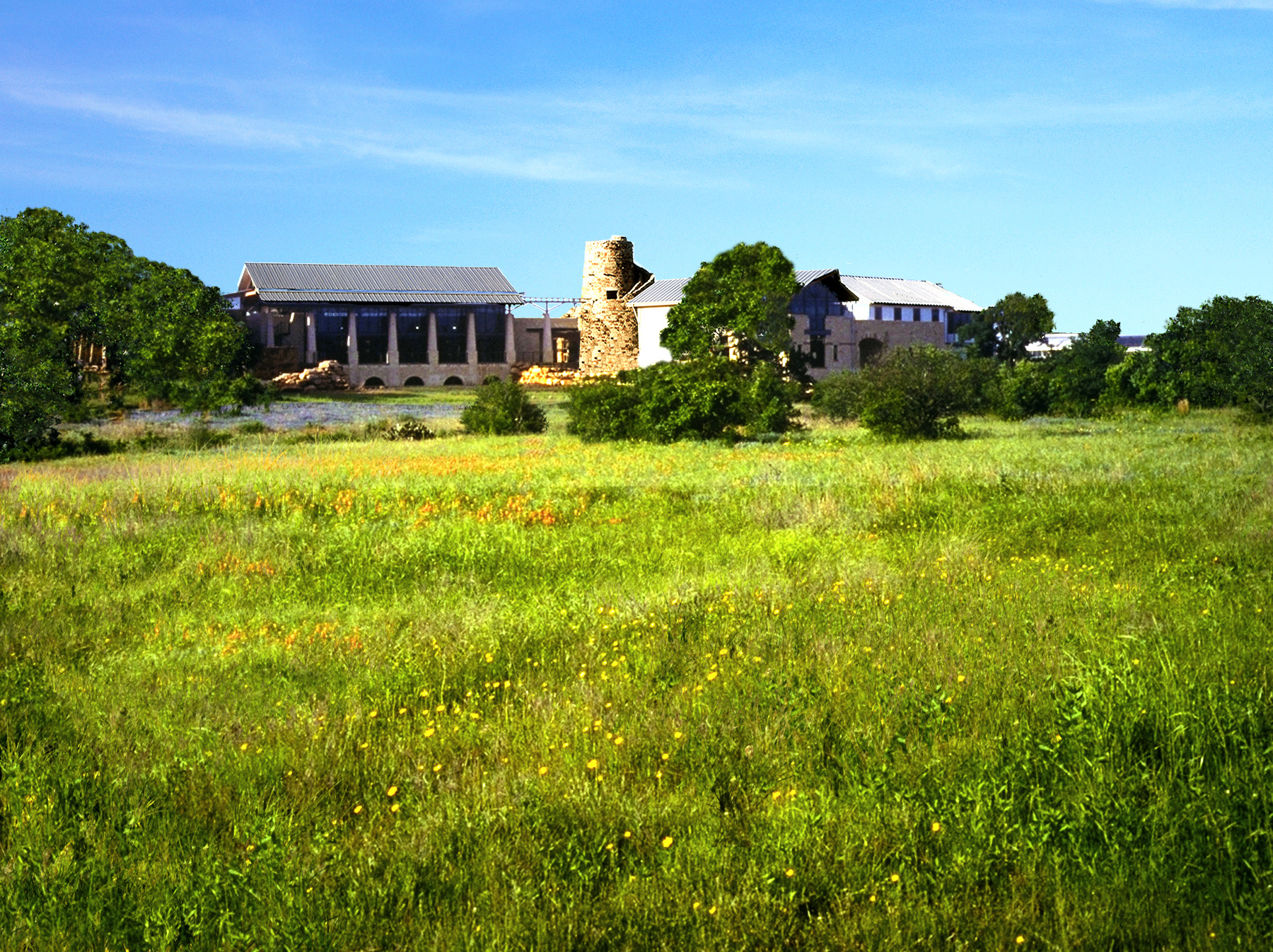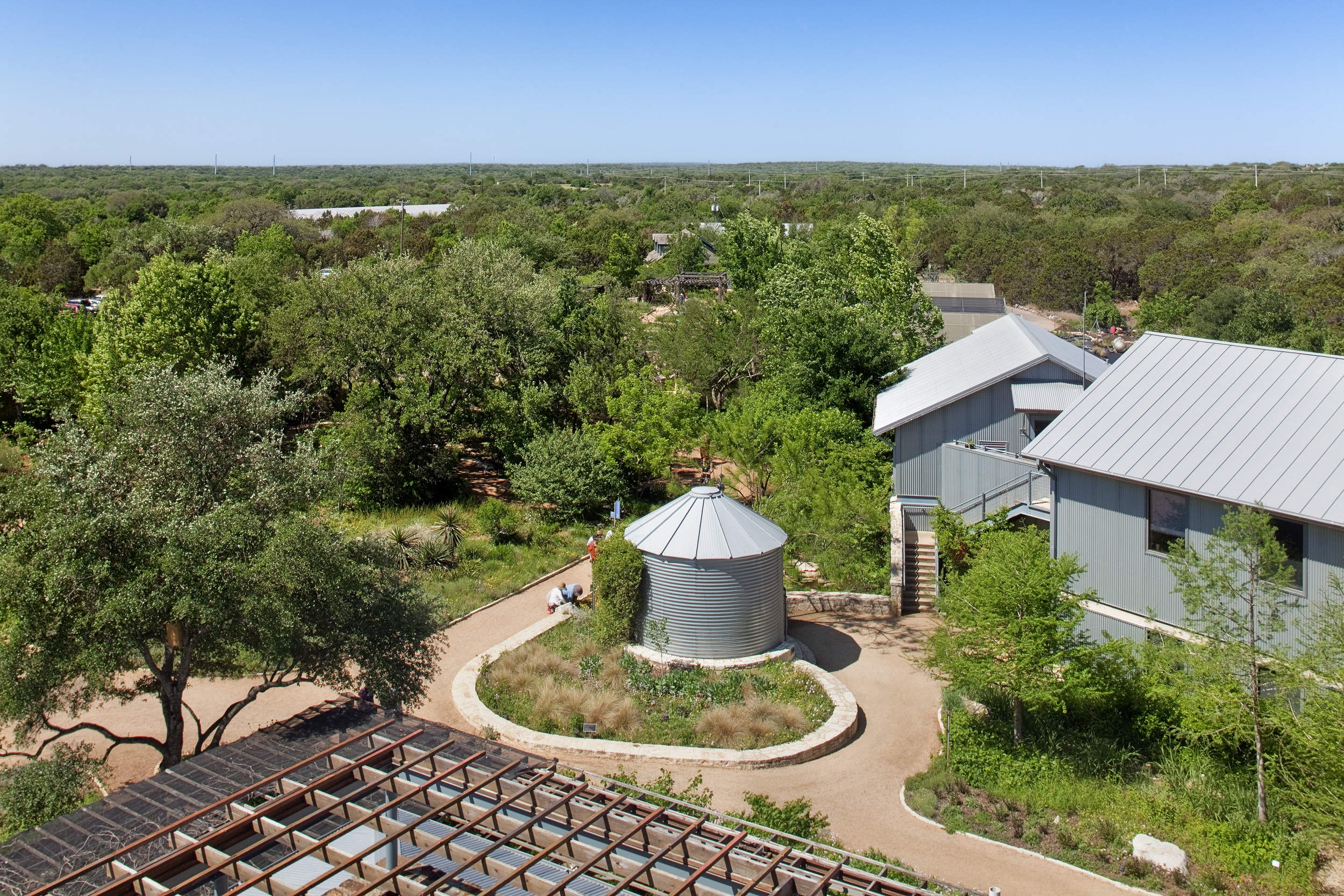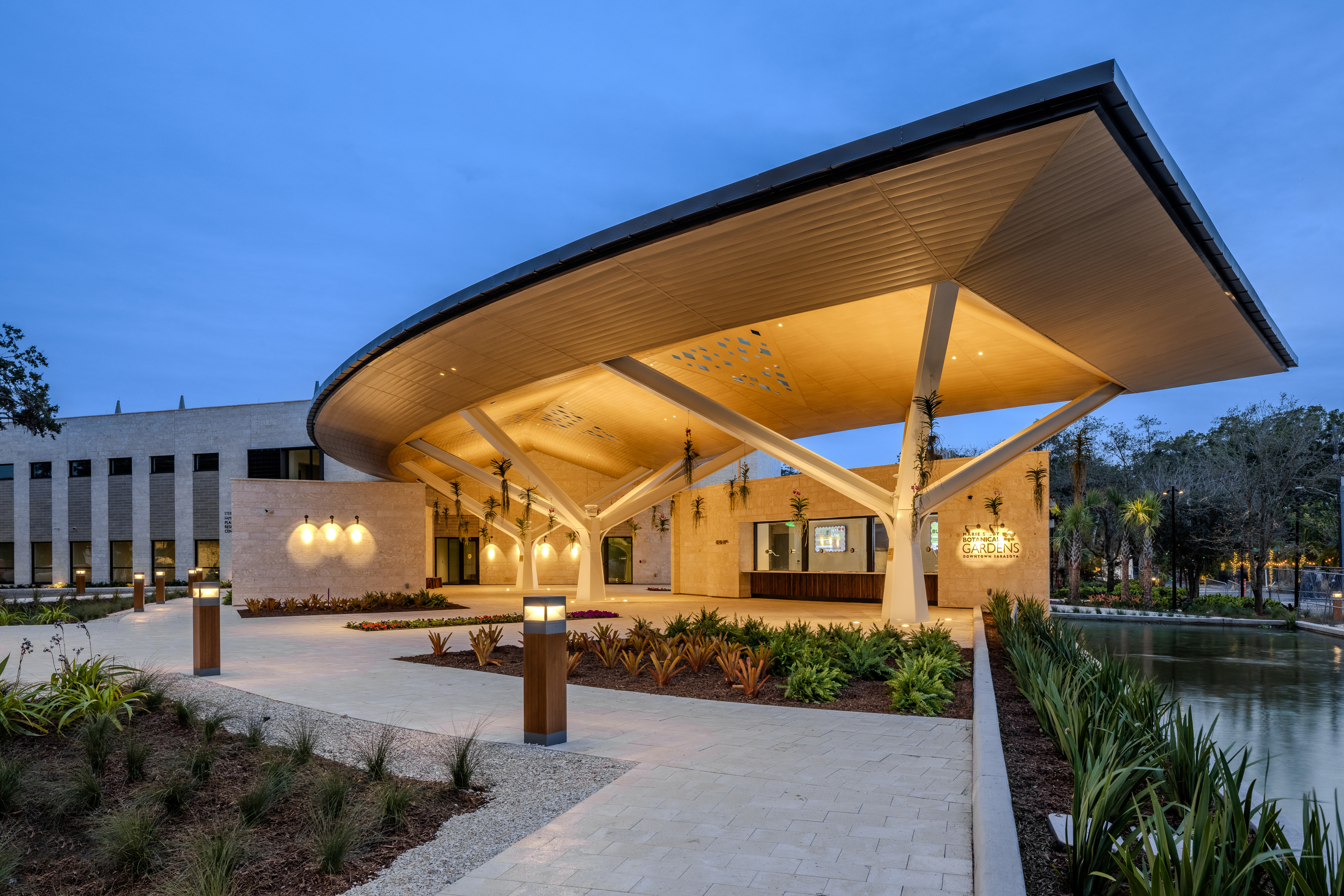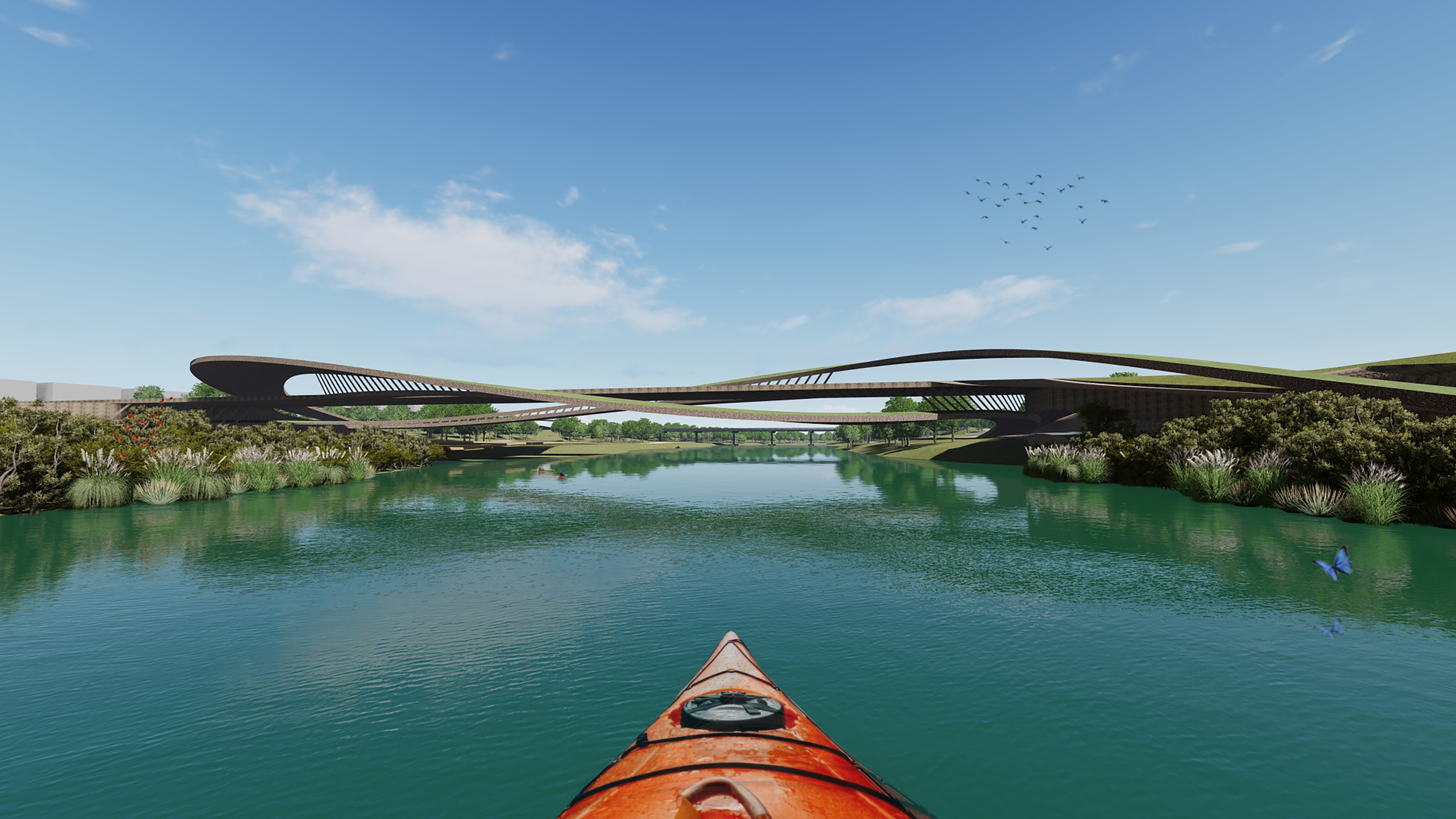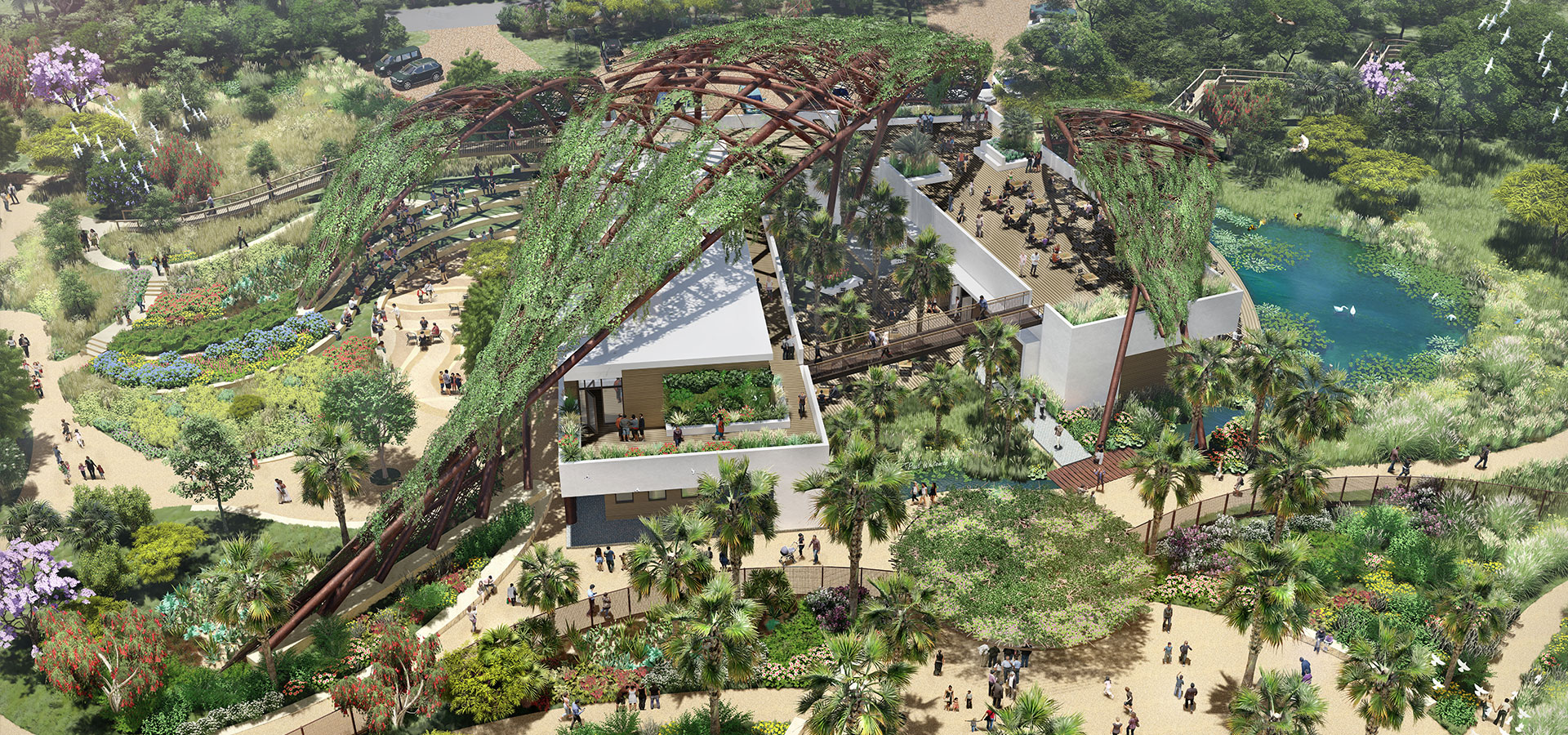Lady Bird Johnson Wildflower Center
Austin, Texas, USA
A groundbreaking sustainability initiative dedicated to the conservation of native plants.
Prototype for the USGBC LEED System, the first public water harvesting project in the State of Texas, the largest rainwater harvesting project in North America, recipient of the first COTE® Top Ten award, and a catalyst for the development of the Sustainable SITES® Initiative.
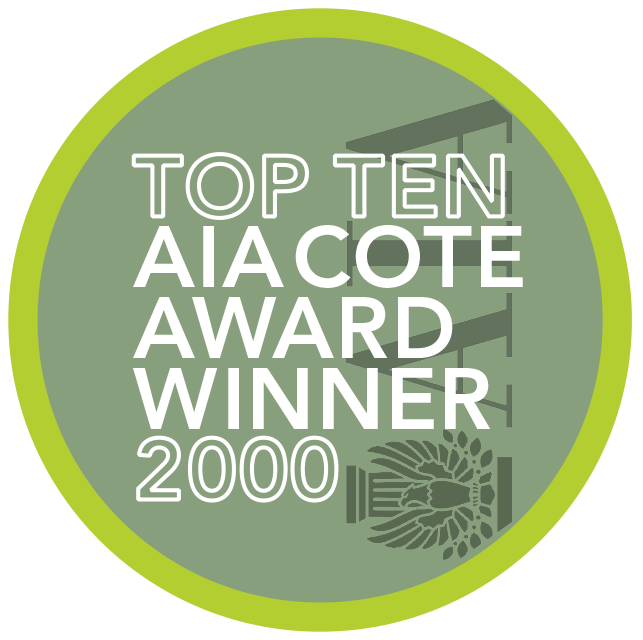



Client
Project Size
Opened in
The most provocative project of the year.
Architectural Record, 1995
Educating people about the environmental necessity, economic value, and natural beauty of native plants, the Wildflower Center models “total resource conservation” and emphasizes the primacy of native landscape and its intrinsic beauty. The facility includes a wildflower meadow, gallery with museum-quality exhibits, children’s educational center, 232-seat auditorium that allows the center to host national conferences, two multipurpose classrooms, two greenhouses, combination library/reception room, research building, gift shop, and cafe.
Passive solar heating, pragmatic building orientation, recycled and reclaimed materials use, and reuse of excavated material are integrated in the design. Uniting the entire complex is one of North America’s largest rooftop rainwater collection systems (capable of collecting 300,000 gallons of rainwater per year) with a 45-foot stone observation tower/cistern as its centerpiece. Due to this in-depth and innovative approach to conservation and sustainability, the Wildflower Center served as a prototype for the development of the LEED rating system as well as the Sustainable SITES® Initiative.
I want it to look like God put it there.
Lady Bird Johnson
300,000 Gallons
Passive Solar Heating
Pragmatic Orientation
Recycled & Reclaimed Materials
100,000
Let’s design a greener future together.
